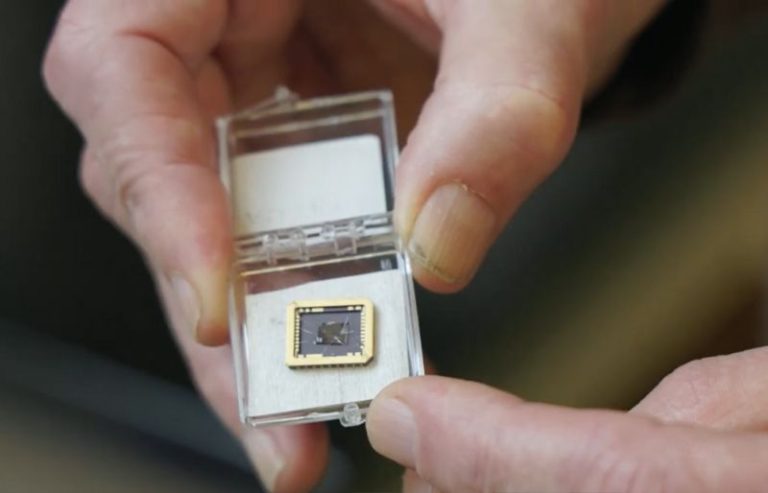New research by Aston University helps the internet reach new transmission speed, increasing 4.5 million times compared to the current one. This is the fastest internet speed ever, achieved by exploiting new wavelength bands that have never been used before in fiber optic systems.

As part of an international collaboration, the team transferred data at a rate of 301 terabits per second, or 301,000,000 megabits per second, using a single, standard optical fiber. To put this into perspective, Ofcom’s UK home broadband performance report published in September 2023 stated that the average broadband speed is just 69.4 Mbit/s.
Behind the breakthrough
The successful transmission of data was the result of the collaborative efforts of Professor Wladek Forysiak from the Aston Institute of Photonic Technologies and Dr. Ian Phillips. They worked in conjunction with researchers from the National Institute of Information and Communications Technology (NICT) in Japan and Nokia Bell Labs in the U.S.
As the demand for more data increases, it is expected that this newly developed technology will help keep up with future demand. The scientists used optical fibers, small tubular strands of glass that pass information using light, a medium that regular copper cables cannot match in terms of speed.
Science behind the speed
The team achieved this feat by opening up new wavelength bands that are not yet used in normal fiber optic systems for internet. Different wavelength bands are equivalent to different colors of light being transmitted down the optical fiber. They accomplished this by developing new devices called optical amplifiers and optical gain equalizers to access these bands.
Dr. Phillips led the development of a management device, or optical processor, at Aston University. He explained, “Broadly speaking, data was sent via an optical fiber like a home or office internet connection. However, alongside the commercially available C and L-bands, we used two additional spectral bands called E-band and S-band. Such bands traditionally haven’t been required because the C- and L-bands could deliver the required capacity to meet consumer needs.”
“Over the last few years Aston University has been developing optical amplifiers that operate in the E-band, which sits adjacent to the C-band in the electromagnetic spectrum but is about three times wider. Before the development of our device, no one had been able to properly emulate the E-band channels in a controlled way,” Phillips added.
Future implications for internet
Professor Forysiak added, “By increasing transmission capacity in the backbone network, our experiment could lead to vastly improved connections for end users. This groundbreaking accomplishment highlights the crucial role of advancing optical fiber technology in revolutionizing communication networks for faster and more reliable data transmission.”
“Growing system capacity by using more of the available spectrum—not just the conventional C-band but also other bands such as the L, S, and now E-bands can help to keep the cost of providing this bandwidth down. It is also a ‘greener solution’ than deploying more, newer fibers and cables since it makes greater use of the existing deployed fiber network, increasing its capacity to carry data and prolonging its useful life & commercial value.”
The results of this groundbreaking experiment were published by the Institute of Engineering and Technology and were presented as a post-deadline paper at the European Conference on Optical Communication (ECOC) held in Glasgow, in October 2023. This achievement not only represents a significant leap forward in data transmission technology but also sets a new benchmark for future research in this field.
The successful transmission of data at such high speed by the team at Aston University is a testament to the potential of optical fiber technology. As we continue to demand more data, innovations like these will be crucial in meeting those demands while also providing a greener solution for our digital future.







